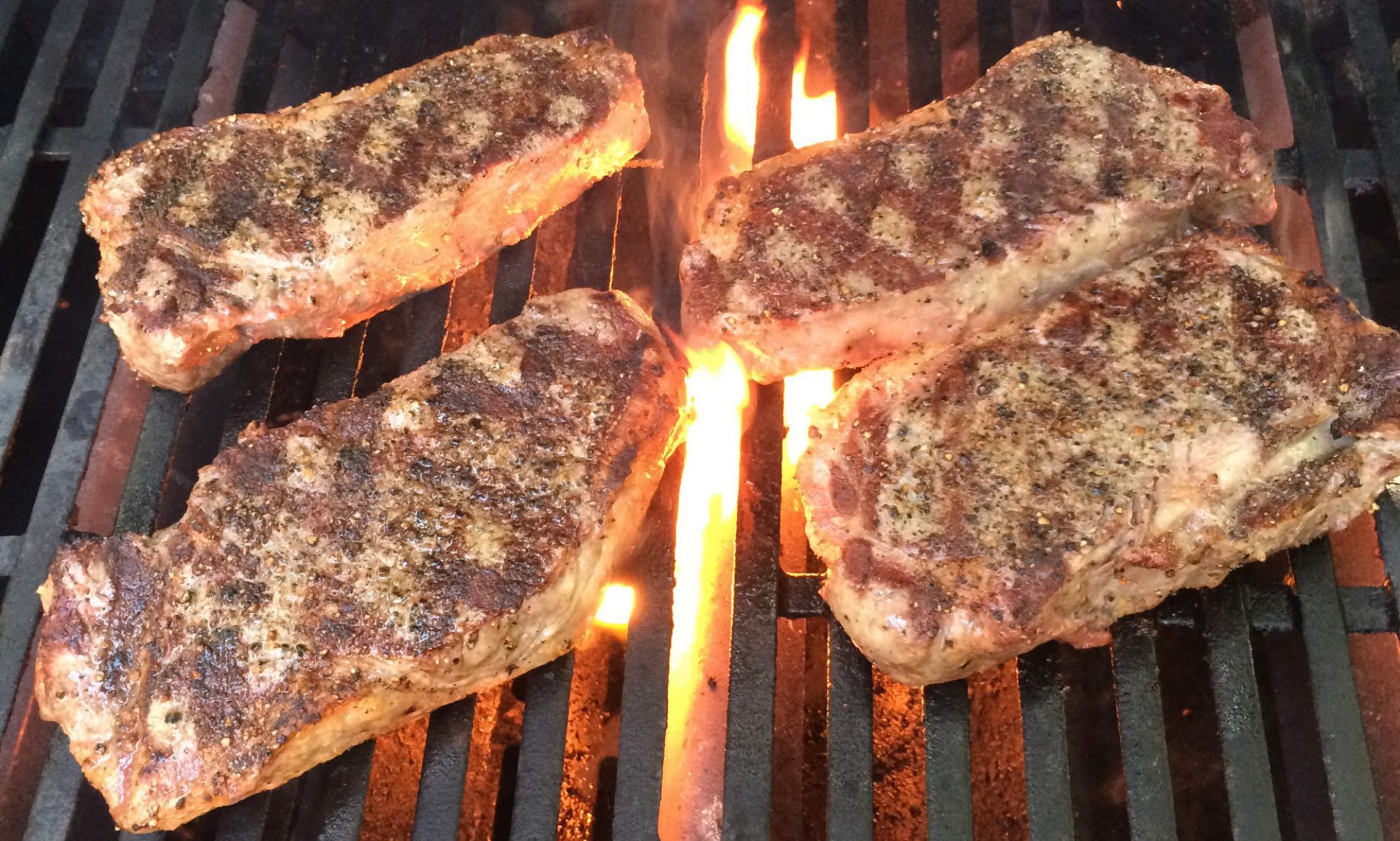Last night I was back in the garage. I decided to check the main bearing clearance. The journals are smooth and measured exactly where they should be. I had never used Plastigauge before, but the concept is pretty basic. Sure enough, the Plastigauge shows about .00125 to just under .002 main bearing clearance.
I applied a generous amount of Lucas assembly lube, which is a thick green lube that looks like it would be pretty good around Halloween. I had to drive the pin out of the rear main bearing to accommodate the new rear main seal. I cleaned up the area with brake cleaner, then plugged the hole with a little silicone gasket compound. I installed the rear main seal and the main bearing caps, tightening them all down to 65 ft-lb.
The Moore rebuilding book says to use silicone on the mating faces of the block and rear main bearing cap. I’m generally not in favor of using silicone sealant anywhere in an engine or fuel system. I have some Permatex Aviation Form-A-Gasket that I considered using, but in the end I used the silicone gasket maker that I had bought for this project. I figured that the amount needed between the cap and block would be so small that it really didn’t matter much what I used, so I wiped on a thin film and tightened the bolts down. I’ll probably re-torque them tonight just to be on the safe side.
I ground the lumps out of the other head; in fact, it’s better than the first one so I’ll have to do a little more on that one. The carbide grinding burrs I bought do an outstanding job of removing iron from castings. I’ll clean them up with a flap wheel later on, but I’m not going to go for a complete polished exhaust port. This is a street engine, and just removing those big lumps of cast iron will do a lot for air flow.
